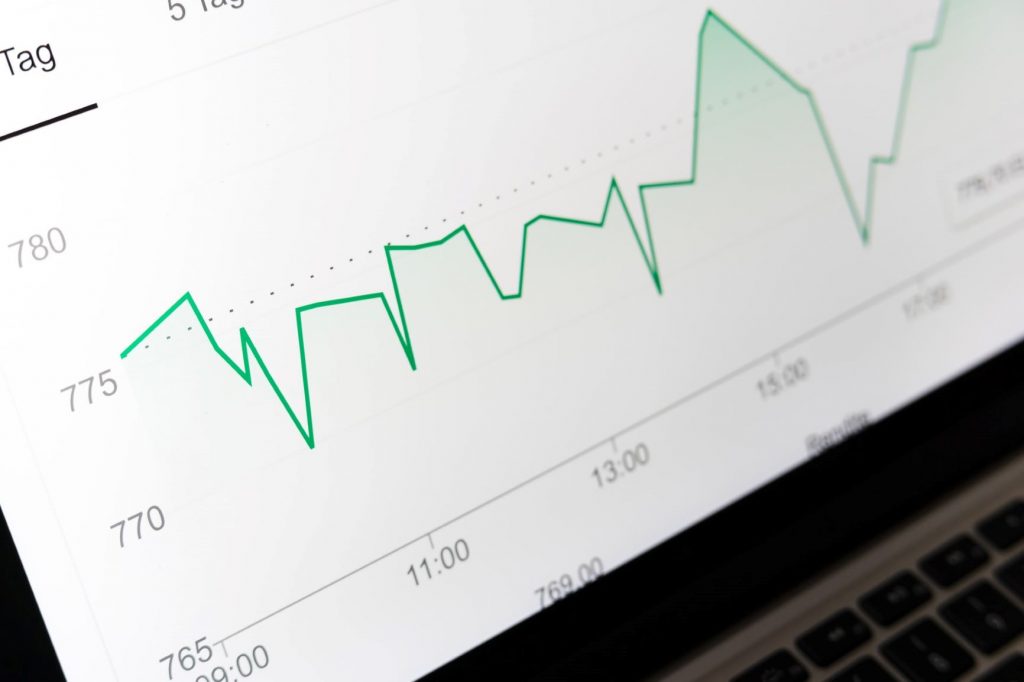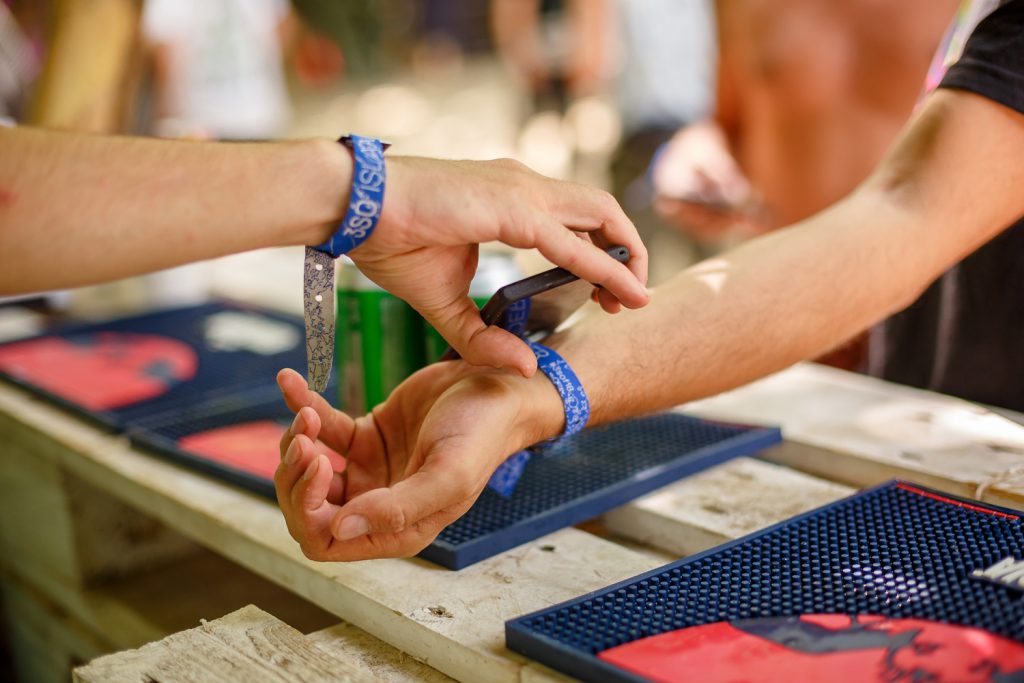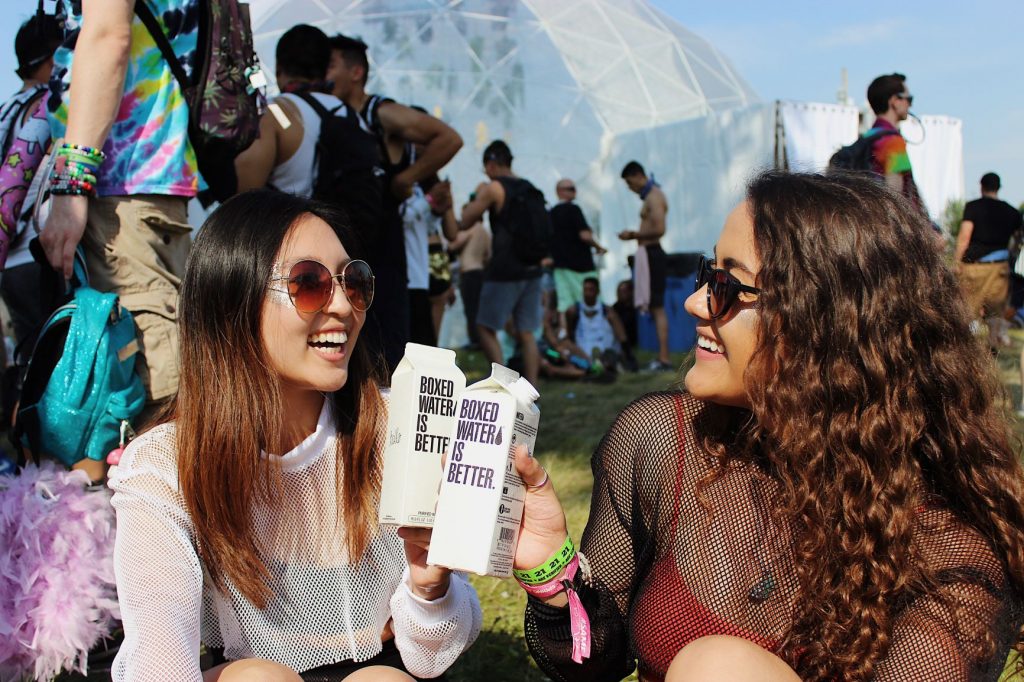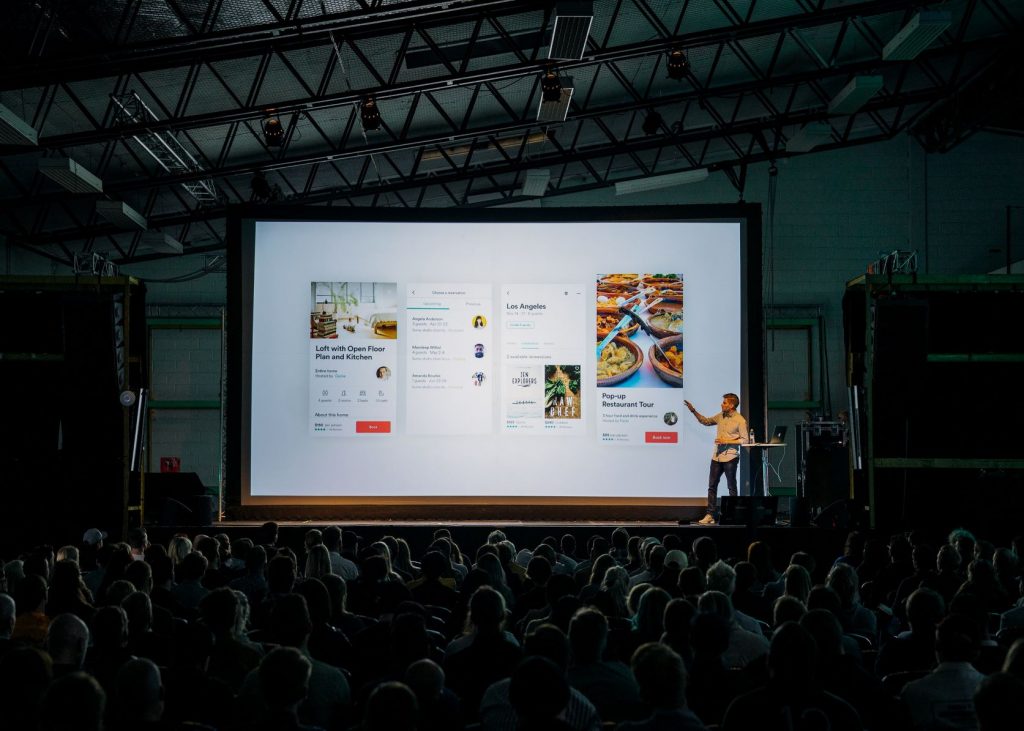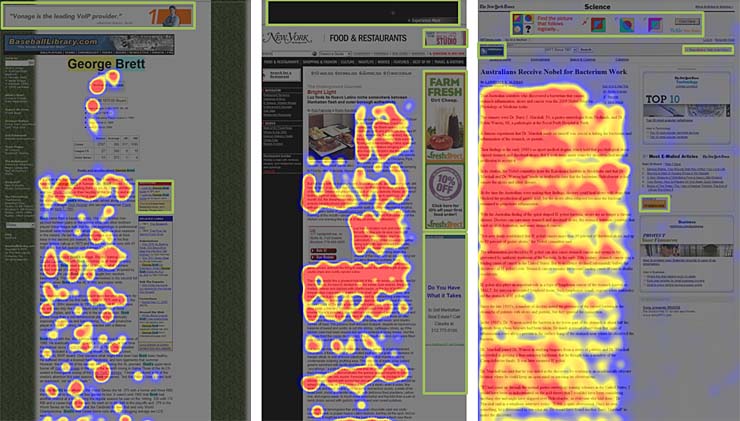Recently, we’ve all seen concrete applications of dynamic pricing in different markets. Prices of everyday goods, such as toilet paper and hand sanitisers increased dramatically based on demand. Among other common examples of dynamic pricing, we can find happy hours at a local bar, airline pricing based on seasonality, and ride-hail surge pricing.
In this post, we’re going to identify different types of dynamic pricing strategies as well as help you establish if it’s an efficient pricing model for your business.
What is Dynamic Pricing?
In simple terms, the dynamic pricing model can be looked at as a way of selling the same product at different prices to different groups of people. This pricing strategy enables businesses to set flexible prices depending on current market demands. In this model, prices continuously fluctuate, in a matter of minutes, hours, or days, based on the market in which a business operates.
Dynamic pricing, also called real-time pricing, surge pricing or time-based pricing incorporates many technologies to obtain a spontaneous range of prices. It allows businesses to modify prices based on algorithms and machine learning, considering competitor pricing. It’s not designed to work for every business or industry but among those that feel its positive impact, we can find: hospitality; travel; entertainment; e-commerce businesses; retail; electricity, and public transportation. Usually, this pricing model is more efficient among wealthier consumers since they have enough resources to cope with price variations. Consumers with more limited funds or other spending priorities might wait for lower prices or sales to purchase a product or service.
Types of Dynamic Pricing strategies
This pricing strategy can be applied in different forms. Each of them may be employed to reach different goals. These are some dynamic pricing models adopted by market leaders:
- Segmented pricing – This strategy is characterized by different prices for identical products, with the exact same production and distribution costs. It’s targeted for customers in different geographical areas, as the name ‘segmented’ suggests. The pricing differs based on a customer’s current location and it’s considered as a wise strategy to attract niche customers who place more value towards a service or product than others. It is used to increase revenue in areas where people are less sensitive to price fluctuations.
- Time-based pricing – This dynamic pricing strategy is directly related to the age of a product or its entry in the market. Therefore, by applying discounts and by reducing the price of older products, businesses can experience an increase in its sale. When new collections are introduced in the market, the prices of older ones can be lowered to get rid of that stock surplus.
- Peak pricing – Peak hours/seasons = high demand. This pricing is directly related to market demand. With time, a business will find that a product or service sells much faster based on seasonality or rush hours. Most of the time, this translates into limited choices for consumers with a lack of competitors providing similar products or services. A practical example would be the cost of hotel rooms during peak seasons vs. the cost of a hotel room during off-seasons.
- Random fluctuations in market conditions – As we currently live in uncertain times, there is no better example of how vulnerable a given market can be. Therefore, if for any reason sales start to fall, companies should begin to lower their prices until things get back to normal.
- Penetration pricing – This pricing is designed for newer products with initial lower prices compared to the market price. It’s applied when businesses want to reach a large portion of the market for customers to get familiar with their list of offerings. Prices are increased gradually as demand in the market increases.
Is Dynamic Pricing a good model for your business?
There are some techniques that particular businesses can apply to make this pricing strategy work. First, transparency plays a key role. Customers must always be aware of the factors on which the price depends. You want to avoid situations where customers have no clue why they bought the same product for different prices. Another way to implement dynamic pricing would be through motivating your customer’s behavior. If your business is based on seasonality, it’s a given that last-minute purchases will cost the end user a lot more compared to bookings made well in advance. Let’s go over some industries where this pricing model proves to be extremely efficient.
– Events
While it’s still an under-utilised tool, if used accordingly, dynamic pricing can help event organizers generate more revenue and increase urgency. Based on the strategies mentioned above, event organizers should implement dynamic pricing by using time-based pricing and demand-based pricing. While ticketing generates an important portion of revenue, changing ticket prices based on demand and point in time is key. Therefore, it is not enough to simply increase the price of a ticket every 15 days if you don’t actually sell at least a pre-defined amount. Instead, prices should increase every 15 days and every time another 100 tickets have been sold. If only 50 tickets are sold within 15 days, it means that increasing the price is not relevant.
In the same event setting, food & beverage vendors should also use dynamic pricing. Think of a music festival that goes on for three days 24/7. There will be times when the number of participants will be relatively low. Therefore, lowering prices during those hours will increase sales and profits. It’s better to get rid of your stock and still make a profit rather than throwing it away.
– Ride-hailing services
Uber, the world’s leading ride-hailing operator has implemented a dynamic pricing model since day 1. It controls the prices that customers pay based on demand. Whether it’s a public holiday, a snowy or rainy day, or some sort of public transport strike, the cost of fares and waiting time begin to increase. It’s what they call ‘surge pricing’.
- The first reason for its application is to increase the supply of drives in a given area by increasing the amount they get paid.
- The second reason is to reduce demand and waiting times for a ride. Customers that are not willing to pay a higher fee during busy hours will most likely try to find another alternative or wait for prices to get back to normal.
Their ‘surge’ pricing model uses Machine Learning to estimate market conditions based on multiple factors. Real-time data, such as traffic and weather conditions are essential for accurate forecasts.

Wrapping it up
If not used properly, dynamic pricing can cause serious problems. However, its potential opportunities for both businesses and customers should not be overlooked. It can maximize profits by employing price optimisation while making sure that goods and services are sold at the ideal price. If you run a business where supply and demand influence your product considerably, dynamic pricing is most likely the most efficient strategy to ensure a steady flow of sales.
By using Oveit Pay, economy owners can onboard external vendors and create an internal payment system (closed-loop). How is this related to dynamic pricing? Well, transactions within this internal economy are updated in real-time. The available reports enable vendors to change prices strategically, based on demand and type of products sold. As a vendor, one has access to quantity and type of products sold and the exact time when that product was purchased. The system then customizes the menu and displays relevant products with price recommendations based on demand and available stock.
